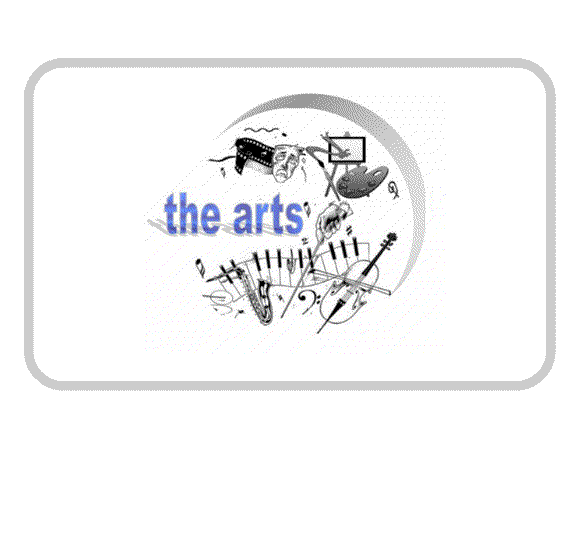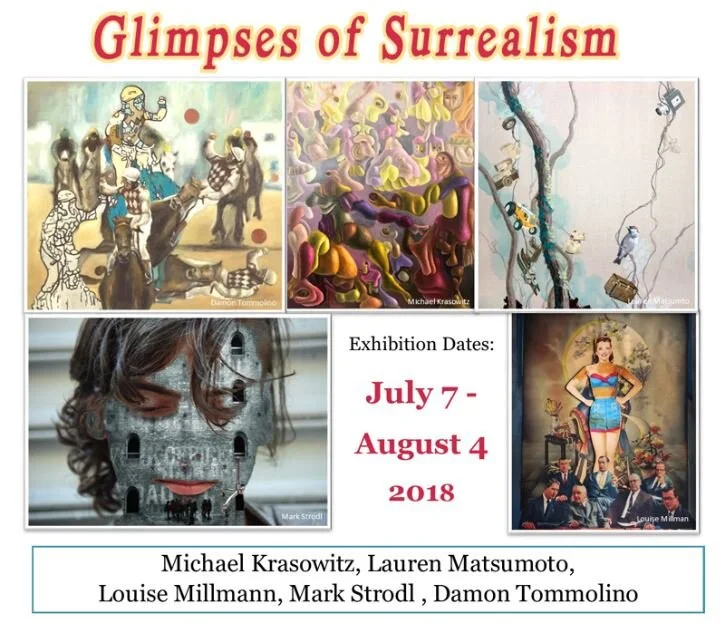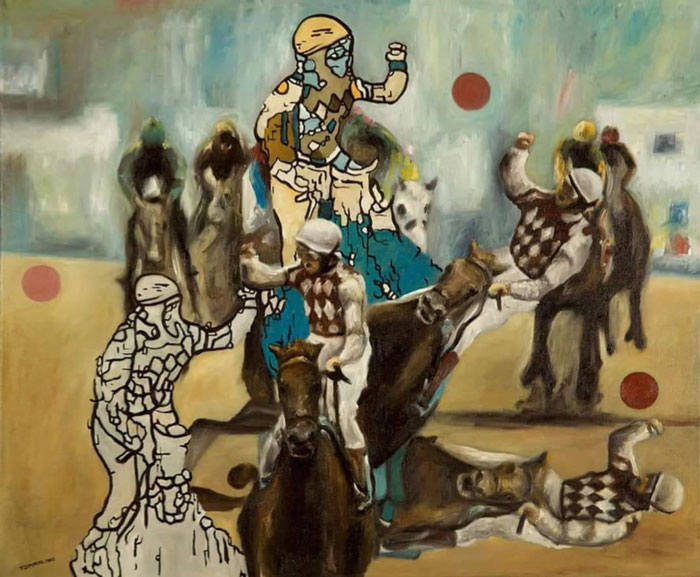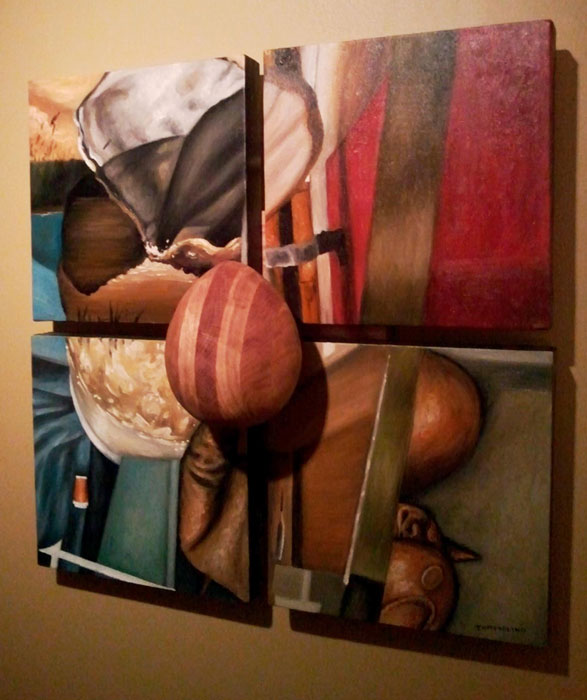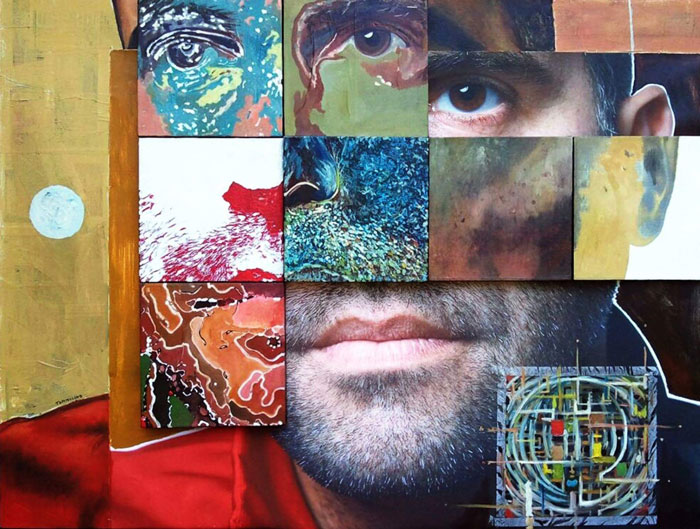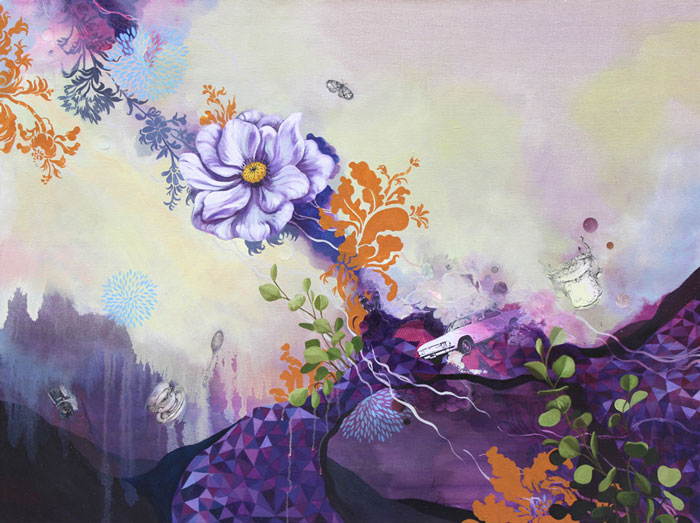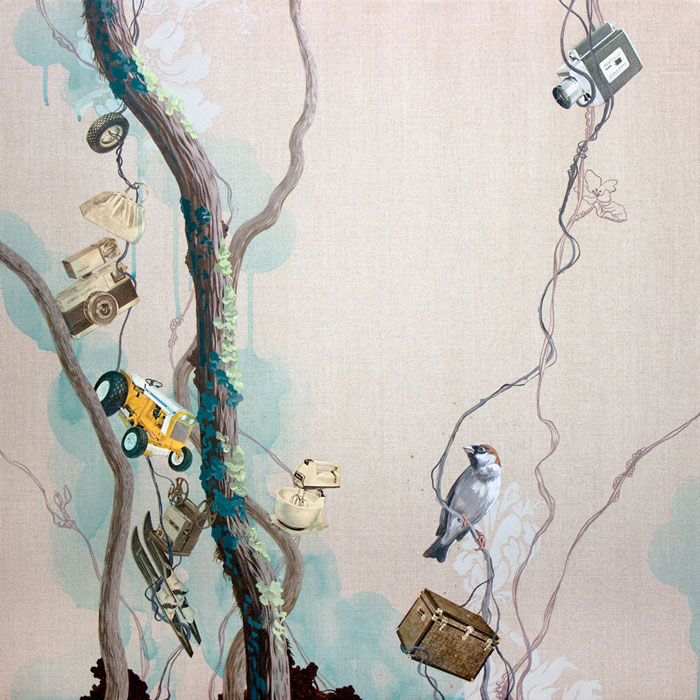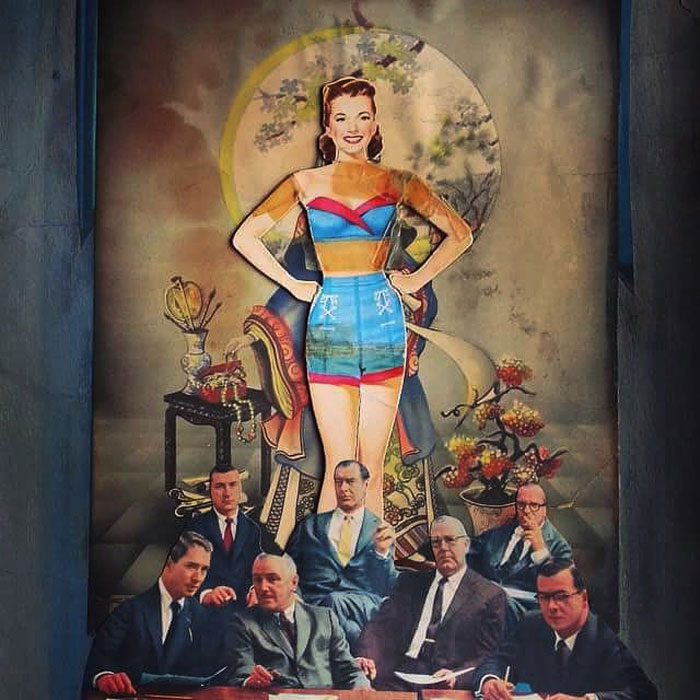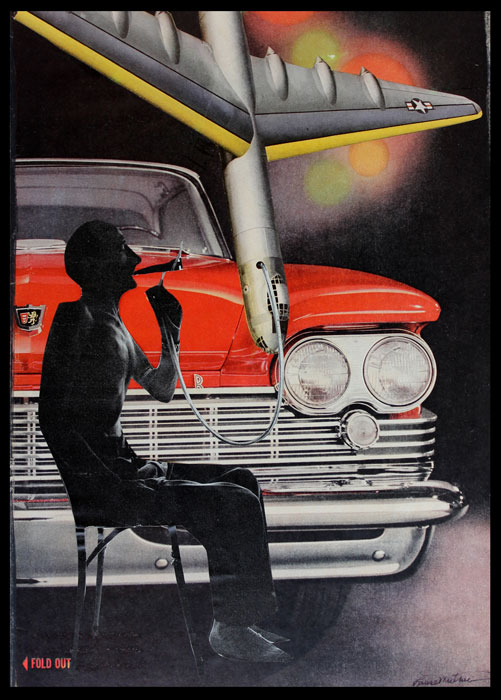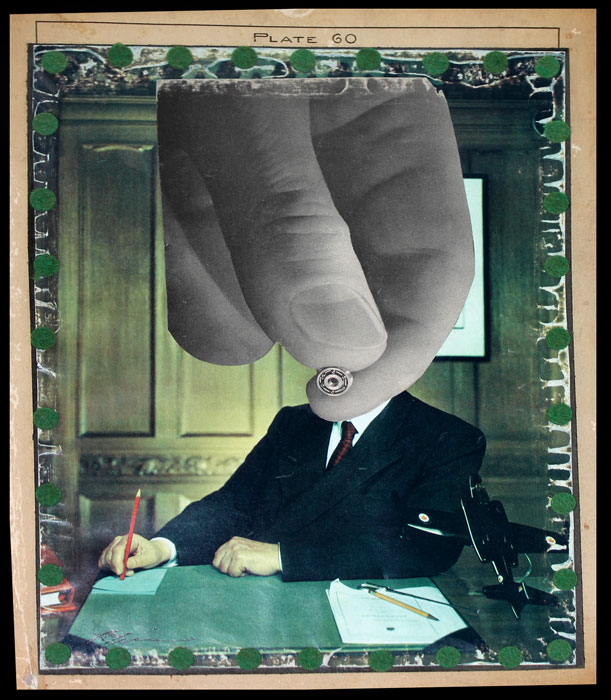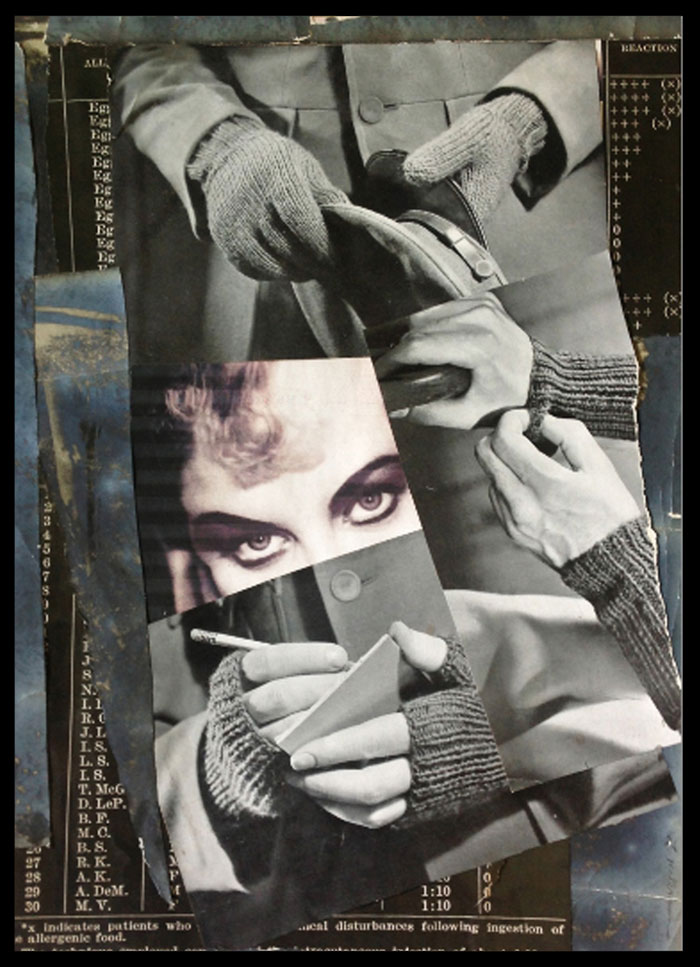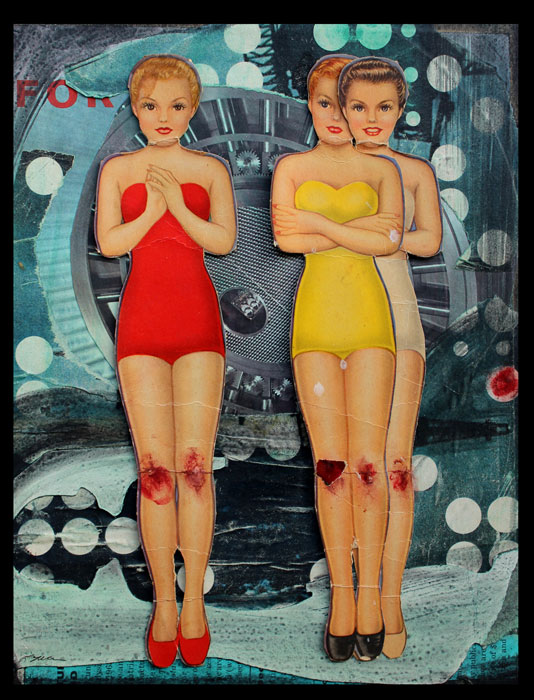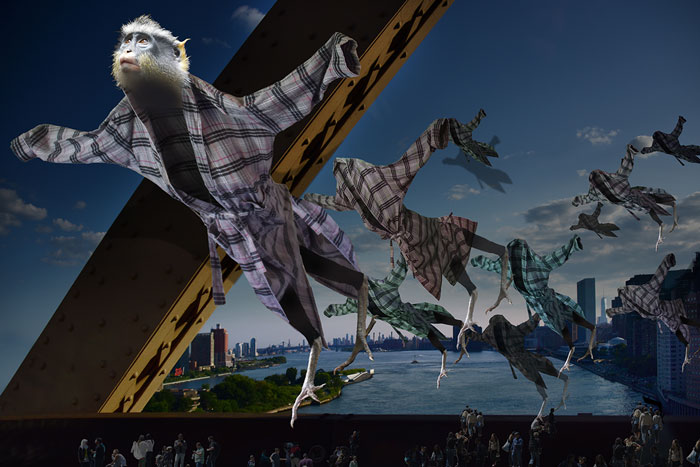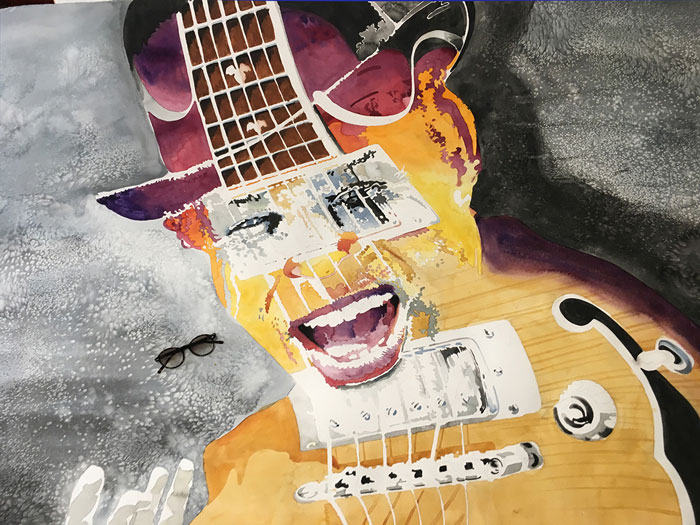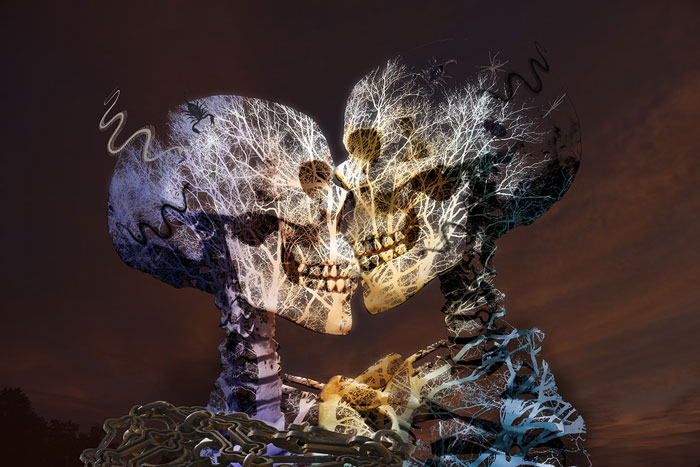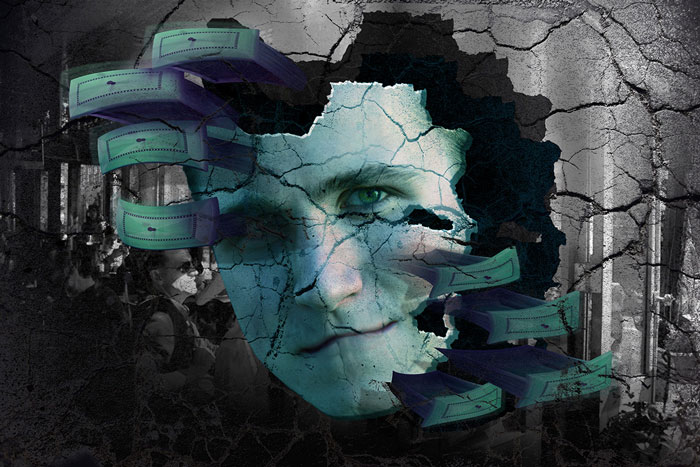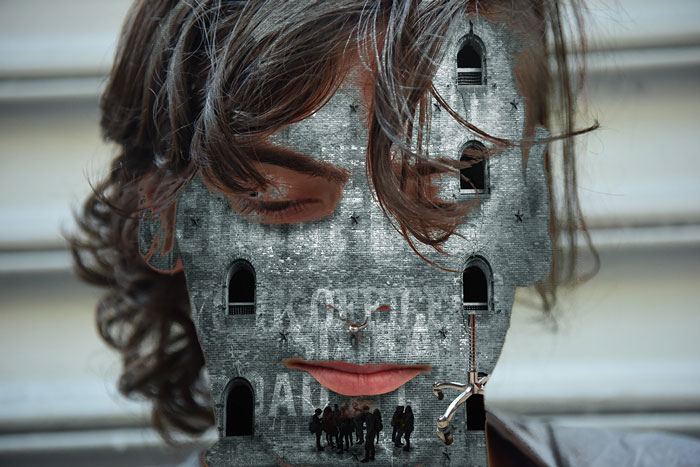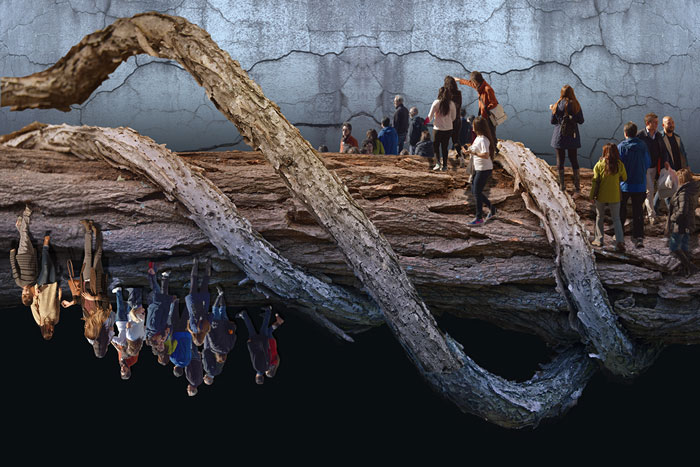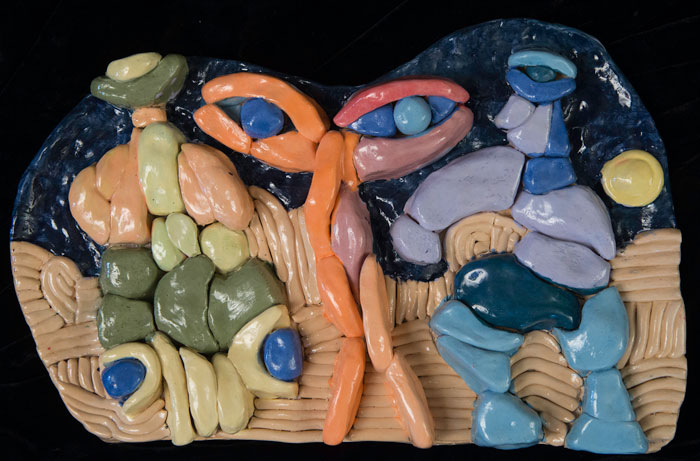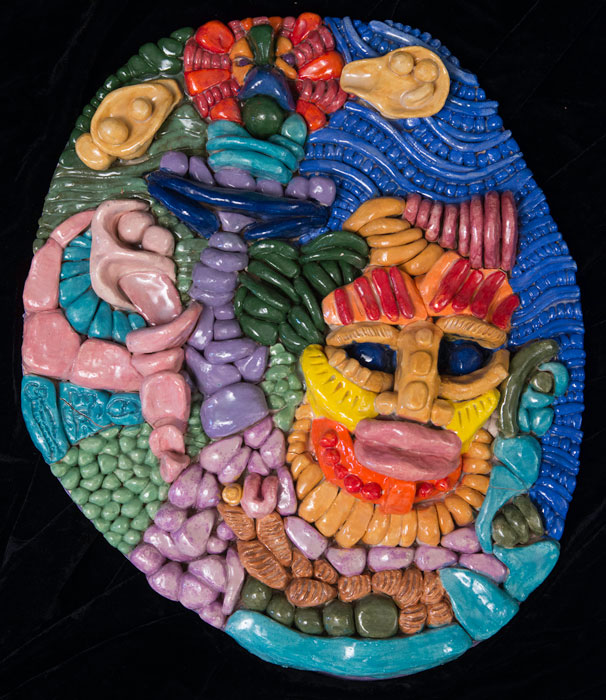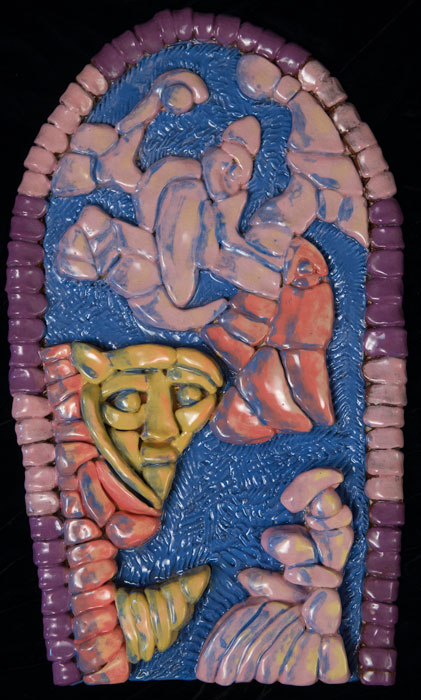Glimpses of Surrealism - Exhibit Dates July 7 - August 4
Surrealism was the 20th century art movement that explored the hidden depths of the 'unconscious mind'. The surrealists sought a new kind of reality, a heightened reality that they called 'surreality', which was found in the world of images drawn from their dreams and imagination. The Surrealists sought to channel the unconscious as a means to unlock the power of the imagination. By employing fantasy and dream imagery, artists generated creative works in a variety of media that exposed their inner minds in eccentric, symbolic ways, Surrealists dedicated themselves to collapsing the barrier between the dreaming and waking worlds.
Although Surrealism is most usually associated with anything that seems odd, uncanny, or freaky, initially surrealist art was romantic and revolutionary in its goals. Surrealism was about the need for radically new approaches to writing, art, and experience itself. The Surrealism movement has had a lasting impact on painting, sculpture, literature, photography and film. Surrealism has never disappeared as a creative artistic principle. The works and artists exhibited illustrate the varied ways in which surrealism survives today as a diverse and viable visual vocabulary.
Michael Krasowitz’s work is an exploration of the unknown recesses of imagination and thought. He uses the process of automatic drawing, an intuitive way to create figures and space, to seek universal and fundamental interrelationships. He began as a photographer at an early age, and has evolved into an artist working with a variety of media. He is a painter, printmaker, poet, and now working with ceramics to bring his characters into three dimensions. Michael sees art as a vehicle for self-actualization as well as inspiration for the viewer to access their own internal creative voice. Michael's work deals with the deconstruction of myth to "reset" the initial inspiration to express archetypal ideas in visual imagery. Inspired by the exercises of the surrealists, Michael created his own visual language, a variation of Asemic writing, became the basis for his early imagery. Abstract variations of eastern characters can be seen in these pieces
Lauren Matsumoto’s surreal and playful work is often categorized as part of a new vein of “Contemporary Surrealism.” She uses traditional painting and drawing techniques and collage photographs and sketches into her paintings. “The central theme of my work is nature, the cycle of life and how we relate to it. Pivotal to our lives in a materialistic society are all the objects and paper ephemera we accumulate- all the stuff that builds up in our homes and in particular the items we treasure and then leave to our offspring when we die. I’m fascinated by antique stores, where someone’s entire life ends up in a bin- old, crinkled photographs, postcards with messages scrawled on them, or other vintage ephemera. Like us, fauna and flora occupy the Earth only for a short time, yet they leave nothing behind. My work asks the question– what if we were all gone, but all our possessions remained?”
Louise Millmann’s desire to focus specifically on collage began on an 18th Century writing desk located in an old house on Pawley's Island, South Carolina in the summer of 1997. She found a clear narrative forming as she arranged the piles of visual imagery culled from the stack of magazines found in the basement. Her latest collage series examines her reaction to the surreal political agenda that significantly impacts the fate of woman and children living in the United States. The collage narratives delve into the irrational state of affairs concerning educational freedom and personal safety. “Her photography and collage works portray worlds in which women are unconscious about themselves, yet consciously hammering out their roles. That they are staged offers another, more contemporary layer to their meaning. Millmann’s work consciously mines sociology – women who work or mourn, women at leisure – to explore cultural mores and attitudes of different eras, “borrowing settings – local architecture or nature.” Artblog.com- collage artist/author Matthew Rose
In this world Mark Strodl creates this Dystopian horror, this Magritte ethereal surrealism, this Kafka like alienation, existential anxiety, guilt, and absurdity, that is our own. Mark spent 30 years on Madison Ave (PR Firms) where he saw the horrors of manipulation & propaganda everyday on a unsuspecting public in all media, where clients were written about on the front page in the glossiest of fashion in major publications. “Much as in what I willingly show you & prefer to hide at the same time. I do not make Art for money, I make art to right a wrong, to make sanity of an insane world, to appease things from my grave when I am gone, to say the things that we are all thinking yet never say out loud. That there is above all dialogue, a irony, respect within everything & a view. I am of coarse a rebel, in love with life, yet there is all this stuff that needs to be told, it spills out on my canvases.”
Damon Tommolino says "The point of my paintings is to provoke as much thought as possible. I try hard not to overly point a viewer in any one specific direction. I don't believe this is my job as an artist. I would much rather present several ideas or options or paths for any viewer to take throughout any given piece. Therefore, I purposely leave a certain amount of ambiguity in the work. At its best, viewers will be able to make connections between the characters I paint and their own lives.”
